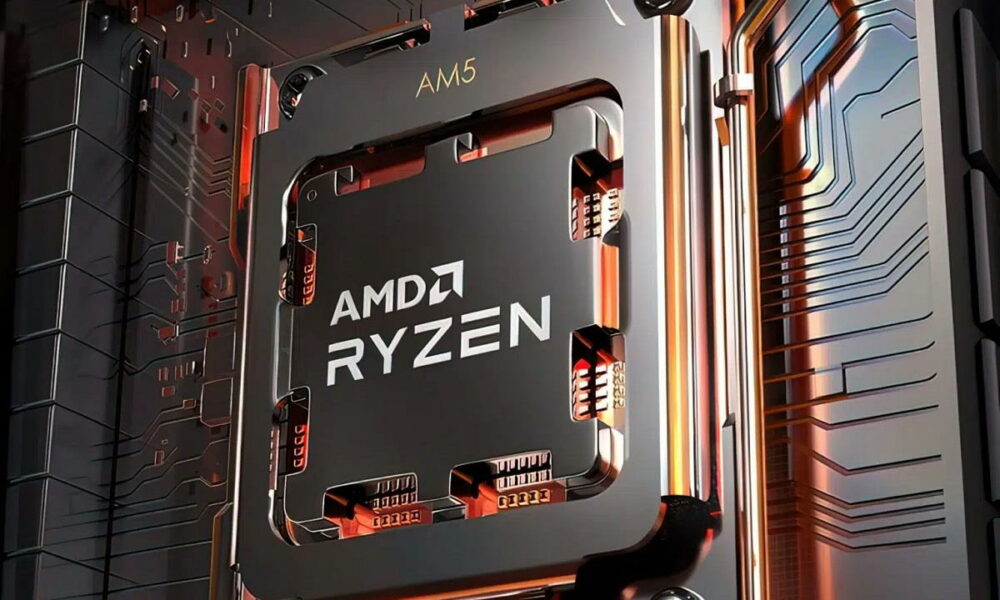etc confirmed at an event held in China that architecture RDNA 3+ It will be launched in 2024 as part of the APU range Strix Pointwhich will also come with some improvements over the generations that have been launched so far.
The existence of the Strix Point series of APUs is nothing new, having been rumored for months and even shown at CES 2024, but AMD then limited itself to mentioning the artificial intelligence (AI) capabilities. ) generative, the use of the Zen 5 architecture for CPUs and it will be launched in the course of this year. Now the red giant has revealed more information about the products it intends to launch.
AMD has officially confirmed that the Strix Point will use the RDNA 3+ architecture, also known as RDNA 3.5, for its integrated GPU. Without any surprises, this will be an evolution of what is already present in the Hawk Point and Phoenix Point APUs, Ryzen Z1 processors and dedicated Radeon RX 7000 series graphics. Another aspect in which the Strix Point will improve will be the artificial intelligence processing thanks to Using XDNA 2 NPU and more robust Ryzen AI software.
Revealing the theoretical data, which we will see if translated into reality, the Hawk Point APU or Ryzen 8040 offer a performance of 16 trillion operations per second (TOPS) in AI processing, while the Strix Point or Ryzen 8050 is expected to triple that amount to 48 TOPS. If this improvement were to be confirmed, it would be a significant qualitative leap from AMD.

The next generation of AMD APUs would be divided into two more: Strix Point Mono and Strix Point Halo. The first would use a monolithic CPU design with a hybrid configuration that would mix the efficient Zen 5C cores with other high-performance Zen 5-based cores, support for up to twelve CPU cores with the addition of the two types present, up to 32MB of Level 3 cache, up to 35% higher performance at 50 watts at the CPU level compared to Strix Phoenix, GPU RDNA 3+ with 16 compute units, 128-bit memory controller LPDDR5X, the aforementioned NPU XDNA 2 and would have a performance compared to AI processing of about 25 TOP.
The Strix Point Halo would use a CPU-level chiplet based on the Zen 5 architecture, support for up to 16 CPU-level cores, up to 64MB of Level 3 cache, CPU power that would be 25% higher than the 90-watt 16-core Dragon Range APU, RDNA 3+ GPU with up to 40 compute units, 256-bit LPDDR5X memory controller, XDNA 2 NPU and 48 TOPS as AI processing power.
Phoenix Point APUs are expected to be released during the second half of 2024. In addition to laptops, it remains to be seen which portable console models will dare to implement any of these processors with integrated graphics, despite the use of artificial intelligence. they do not yet have much importance in these devices.














